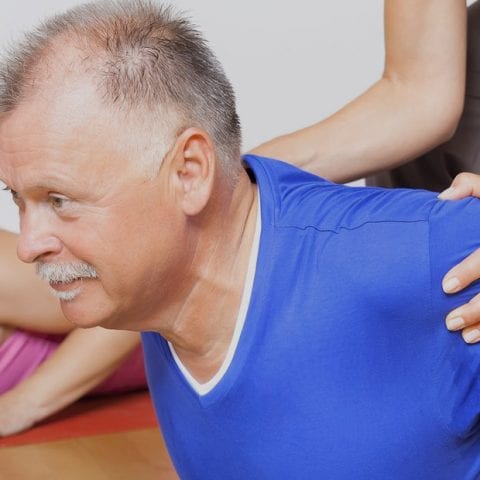The following Level 3 Older Adult mock exam is provided as a FREE resource for students that are working towards or considering completing the Level 3 Award for Exercise with Independent Older Adults. The assessment will also be relevant for those students undertaking, or thinking about, the HFE Level 3 Special Populations Diploma.
Older adults are not the same as their younger counterparts and so exercise very often needs to be tailored and adapted to meet the specific needs of the older client. The following assessment includes questions on a variety of related subjects, including, the ageing process, theories of ageing, benefits of exercise for older adults, exercise recommendations for older adults, pathologies associated with ageing and functional assessments for older adults.
There are 40 multiple-choice questions in this mock exam and you are required to answer 28 correctly (70%) to pass.
Whether you are taking your training with HFE, or another provider, the mock assessment below is completely FREE.

